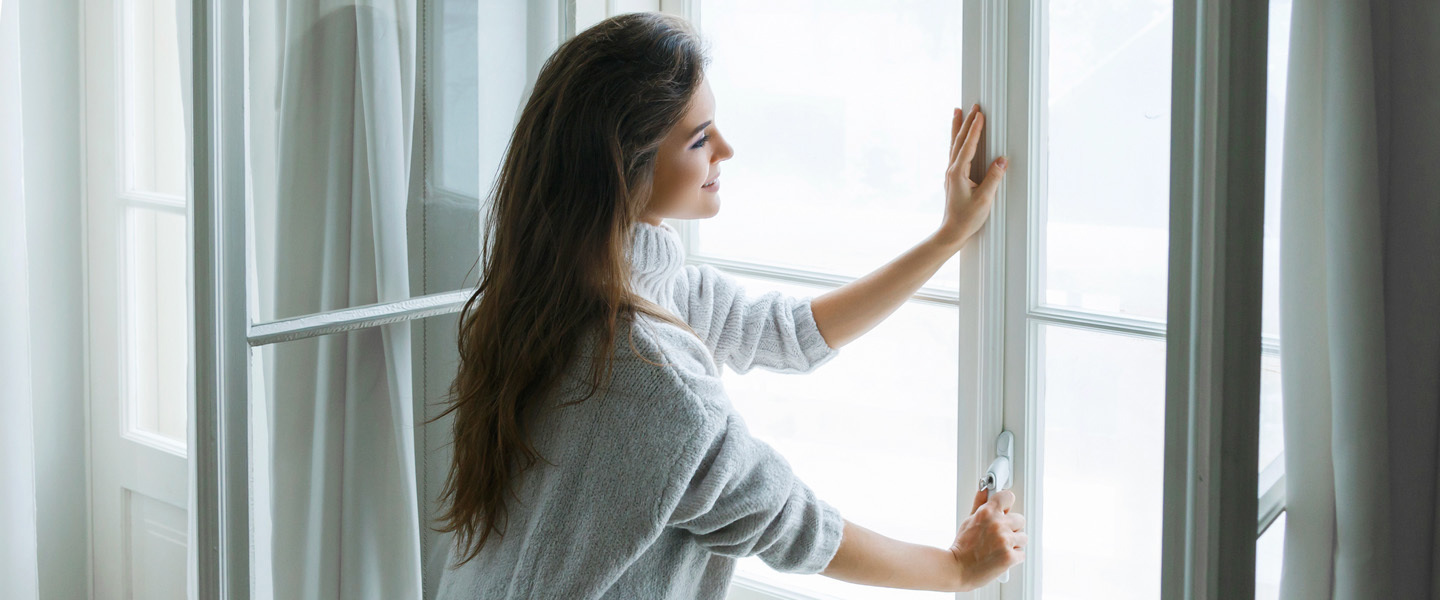
Protect your belongings from theft and vandalism


Home insurance generally protects your property and home against such events, but it’s not a magic wand. Some items with personal significance can never truly be replaced. Not to mention the stress and feeling of vulnerability that breaking and entering causes. Here are some quick and easy tips to reduce the risk of theft and avoid being an attractive target for criminals.
Good everyday habits
- Always lock your home’s doors and windows before leaving.
If potential burglars only need to open a door or a window to get into your home, then misfortune becomes highly probable! Locking doors and windows makes stealing harder.
- Have a good relationship with your neighbours.
Should you be away for a long time, you can ask them to pick up your mail and park their vehicle in your driveway. Your neighbours may also be more likely to call the police if they notice unusual activity in your home or on your property.
- Don’t put the packaging of your new purchases out on the street.
Have you purchased a big TV, sound system, computer, appliances or tools? Breakdown the cardboard packaging and recycle it so you don’t broadcast to everyone that you have new and valuable property in your home.
- Don’t have any personal information on your key ring.
If you lose your keys, and your name, address or phone number are on them, those with ill intentions could use them to easily break into your home. Instead, keep a set of spare keys in a safe place or with loved ones.
Outside
- Store things out of sight.
This advice applies both to property that could be stolen (e.g., lawnmower, bicycle, snowblower) and to property that could be used to make break-ins easier, like a ladder or snow shovel left near a door or window.
- Properly lock your shed.
In addition to a padlock, make sure the lock hardware can’t be removed from the outside.
- Install a lighting system with a motion detector.
A light suddenly turning on could deter possible burglars. Adjust the sensitivity of your motion detector to prevent it from being unnecessarily triggered by an animal.
- Secure your garage.
A garage has a lot of appeal to potential thieves, especially because there’s tools, bicycles and a vehicle (or several) in it. Install curtains or blinds on windows to keep your property out of sight. You can also install window grates. If a door connects the garage to the rest of the house, make sure it has a deadbolt (like on an exterior door) and lock it when you’re away.
Inside
- Make a detailed inventory of your property.
Go room by room and make a list of your property, then attach to it photos or a video and copies of your invoices. You can use the Insurance Bureau of Canada property inventory form
to make sure you don’t forget anything. In case of theft or vandalism, this document will be useful in making your claim.
- Properly protect your valuables.
Some municipal police departments offer to borrow a chisel, free or charge, to engrave your driver’s license number on your valuables. If they’re stolen, it makes reselling them more difficult, and the investigators’ work easier.
Very valuable items, such as jewelry and some rare collectibles, should be kept in a safety deposit box or in a rented safe deposit box in your financial institution’s vault.
- Block the opening in your sliding windows using a rod.
Place a piece of wood in the bottom track of your sliding windows. This way, they can’t be opened from the outside. If you need to get out during an emergency, just remove the rod.
- Install an alarm system connected to a central station.
If needed, your provider will alert the police department to the presence of intruders. Adding stickers to your doors and windows indicating that your home is protected by such a system could also act as a deterrent.
home insurance
prevention
vandalism


















